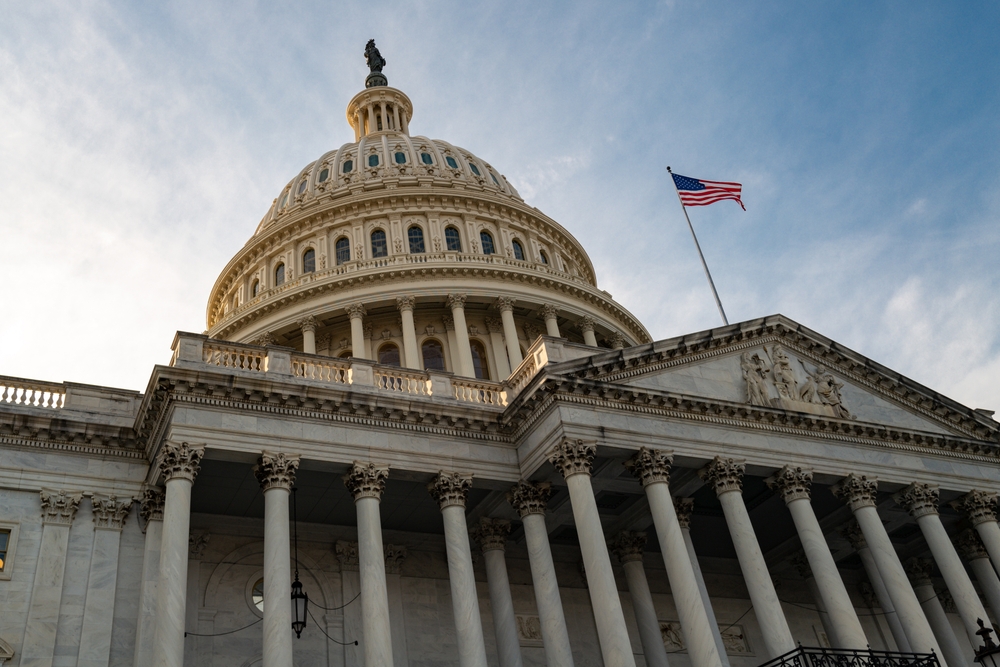
Congress Pushes Back on California’s Gas Car Ban
California’s plan to ban the sale of new gas-powered cars by 2035 might sound like a bold step toward a greener future, but for many Americans, it’s simply out of touch with economic reality. That’s why the House of Representatives voted to express disapproval of the state’s clean car mandate this week.
Fox Business reports,
“The U.S. House of Representatives on Thursday voted 246-164 on a GOP resolution to express congressional disapproval of California’s Advanced Clean Cars II rule, which was first adopted in 2022 and establishes a minimum percentage of zero-emission cars that rises from 35% for the 2026 model year to 100% in 2035. Before the Biden administration left office, it granted a Clean Air Act waiver to California in December to allow the rule to move forward. Democrat Gov. Gavin Newsom said at the time that “clean cars are here to stay” and added that “California can rise to the challenge of protecting our people by cleaning our air and cutting pollution.”
The eco-left would argue that this is necessary to fight pollution. However, we understand that this regulation is unworkable and unfairly burdens American families and businesses.
Let’s be honest: electric vehicles are still too expensive for many people. While EV prices have dropped slightly in recent years, the average cost remains well above that of a comparable gas-powered car. According to Kelley Blue Book, the average price for EVs was $59,205 in March. Putting EVs out of reach for millions of working families, especially in rural and lower-income communities, where public charging options are limited.
There’s also the issue of infrastructure. Our power grid isn’t ready for a massive influx of EVs, and charging stations are still too few and far between. Even in major cities, EV drivers often struggle to find reliable places to charge their cars.
Congress’s vote sends a clear message: policies like this must be grounded in reality. They must account for economic feasibility, technological readiness, and what American consumers want and can afford.
May 2, 2025